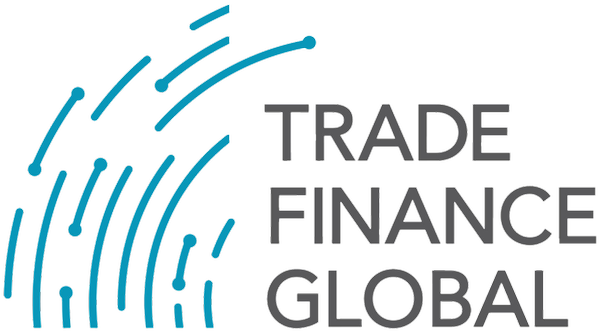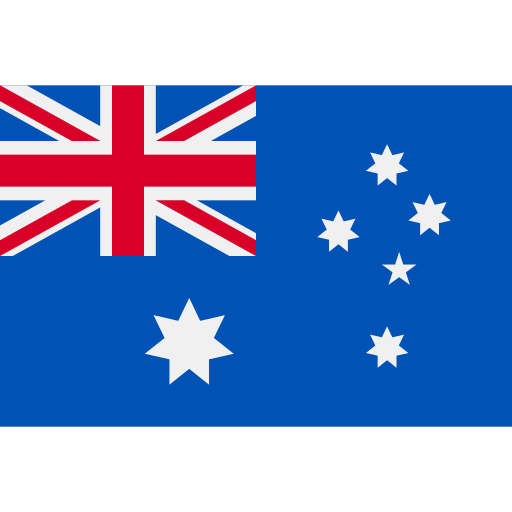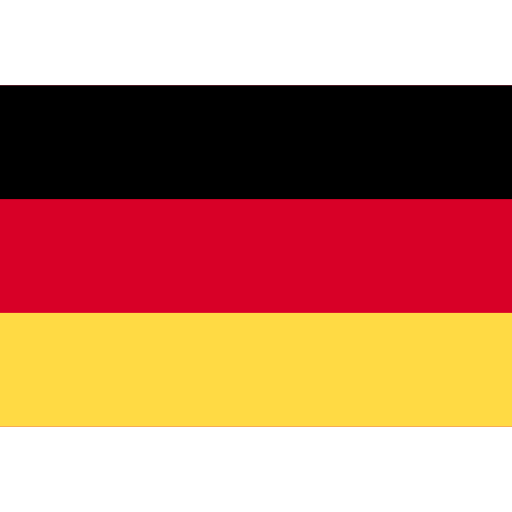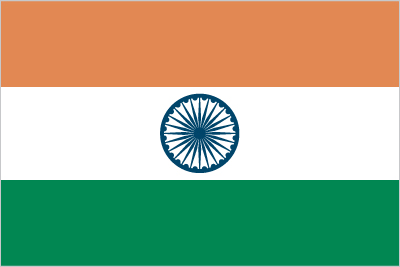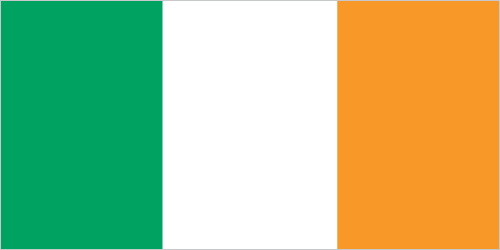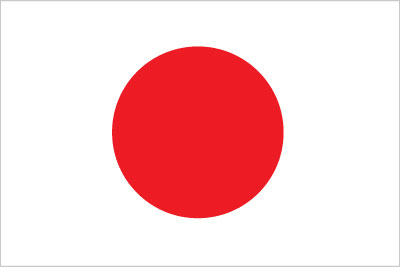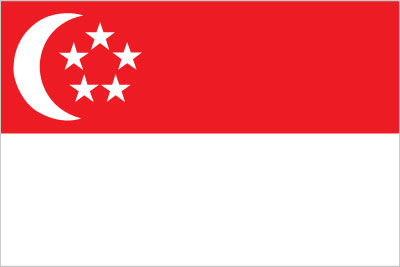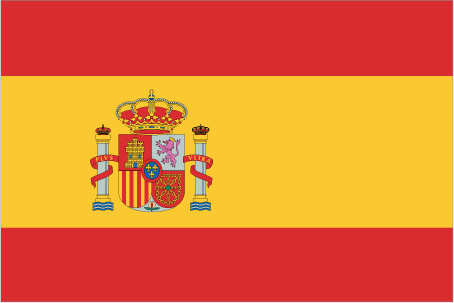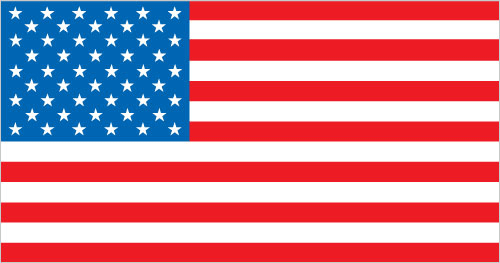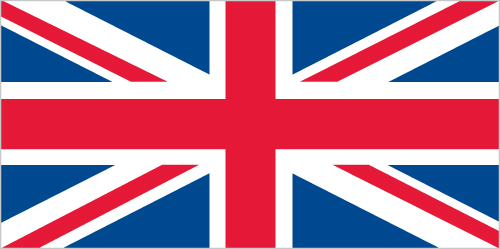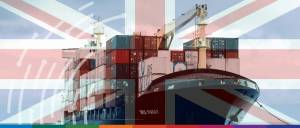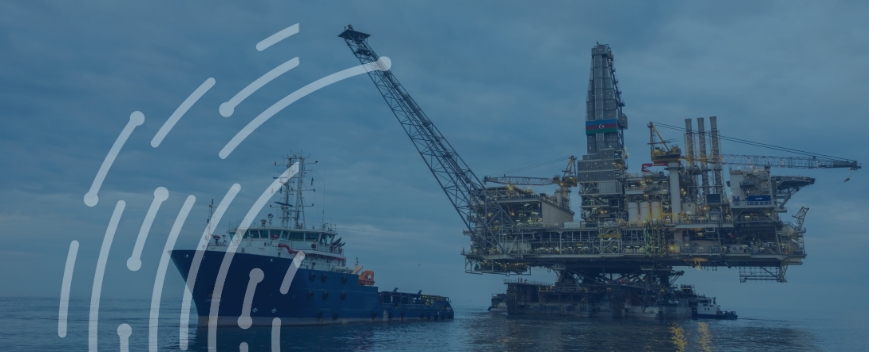Trace developments in the tariff world with Trade Finance Global’s (TFG’s) tariff tracker!
“After months of starts and stops, threats and retreats, Liberation Day is upon us.” When we wrote our tariff roundup almost four months ago to the day, we had little idea of what would be in store. Would the long-promised tariffs that had been a centrepiece of US President Donald Trump’s campaign be as severe as he had sometimes threatened, and would they all really be enacted? Would the ensuing adjustment in the global economy lead to new relationships and alliances, or an all-out trade war?
Some tariffs, like on car imports, were indeed as severe as some feared, and led to a shift in the sector that is far from done. Others, including most of the country-specific measures, were paused time and time again – with some countries negotiating trade deals with the US and others facing renewed threats and rising tariffs.
As the deadline for the last 30-day extension draws nearer, we at Trade Finance Global (TFG) have taken stock of the tariffs as they stand now: which countries have negotiated deals (and what they entail), which are facing higher levies, and how often the turbulent past few months have led to where we are now.
How did we get here?
During last year’s US presidential campaign, trade and tariffs were central to the Republican message and key to Trump’s plan to revive the economy. Sweeping tariffs of as much as 60% on rivals like China were touted at rallies, but statements after the elections turned to “reciprocal” tariffs, one-sided import taxes are intended to counter what the President sees as unfair trade barriers against the US.
Since the tariffs aim to put a stop to what Trump describes as long-standing exploitation of the US, they are necessarily reactive, and dependent on others nations’ moves; tariffs can be (and have been) lowered or scrapped if other nations ease restrictions on American exports, while retaliatory action or failure to meet the US’s demands lead to higher penalties as a consequence.
Tariff timeline
1 February: Trump announces tariffs on Canada and Mexico
In a series of executive orders, Trump imposed a 25% tariff on nearly all goods from Canada and Mexico, scheduled to come into effect on February 4. Canadian oil and energy imports would have been exempt from this, instead only being taxed at 10%. In the same set of orders, Chinese imports are set to be subject to a 10% tariff on top of currently existing taxes.
3 February: Trump delays tariffs after retaliation threats
The day before the 25% tariff was set to begin, the Trump administration reached a deal with Canada and Mexico’s leaders to delay them by a month after the two countries threatened strong retaliatory taxes on American exports.
4 March: Canada and Mexico tariffs really do come into effect
A month after the tariffs were meant to begin, US tariffs against Canada and Mexico came into effect, as did Canada’s retaliatory levies. The White House also announces a doubling of blanket tariffs on Chinese goods, from 10% to 20%, set to start the following day.
6 March: Trump delays (some) tariffs, again
Just two days after the US-Canada-Mexico tariffs come into effect, the US once again delays tariffs on about half of goods – those covered by the USMCA free trade treaty – by another few weeks. The full set of tariffs are now scheduled to go into effect on 2 April.
>> Read more: China and Canada impose retaliatory trade tariffs against Trump
12 March: Trump announces 25% steel and aluminium tariffs, threatens EU escalation
25% tariffs on all US steel and aluminium imports take effect on 12 March, a measure the Trump administration says will protect the domestic industry from unfair foreign competition.
In response, the European Commission announces tariffs on £22 billion’s worth of US imports, from bourbon to motorbikes, which are set to go into effect on 13 April. Trump threatens further penalties on the EU if the proposed tariffs go into effect, sparking fears of an accelerating trade war.
2 April: Liberation Day
In a press briefing in the Rose Garden, Trump unveils the now-ubiquitous placards outlining the tariffs the State Department calculated countries have imposed on the US and the “reciprocal tariffs” – around half of the previous number – that the US will impose in exchange.
Asian countries are hardest hit, as Trump threatens a total 54% tariff on China, 26% on India, and 46% on Vietnam, all countries that have a strong trade relationship with the US. The EU faces a 20% tariff – a sharp increase from the previous import tax, which stood at about 4.7% – while the UK only faces the 10% baseline tariffs imposed on all imports.
The economy reacted drastically, with markets around the world falling by 5% or more, with many Asian indexes experiencing their biggest drop in years. Commodities prices also tanked, and Goldman Sachs forecasted a recession if the planned tariffs were to go ahead. Three days later, Jaguar Land Rover became the first major car manufacturer to announce it would stop shipments to the US due to the planned 25% tariffs on all imported car parts, set to go into effect on 3 May.
>> Read more: Markets react to Liberation Day tariffs as global trade hangs in the balance
9 April: 90-day reprieve for most, but 125% tariff on China
After a week of international chaos, when trade war looked all but certain, Trump announces a 90-day break on most tariffs except for the 10% baseline rate – except on Mexico, Canada, and China; tariffs on cars and metals, which still stand at 25% and 50% respectively, remain unchanged. Markets and US treasury bonds surge as the administration says it will negotiate with countries that do not enact retaliatory tariffs during the 90 day break.
The US and China, on the other hand, remain locked in a retaliatory tariff spat that culminates with the US announcing 145% tariffs on its biggest import partner; China, in turn, imposes a 125% tariff on US imports two days later. The Trump administration remains optimistic about the possibility of reaching a deal with China despite this.
8 May: US and UK on the way to a trade deal
After a mid-Arsenal match late-night phone call between Trump and Starmer, Trump announces the framework for a trade deal between the UK and US – the first major deal signed in the wake of Liberation Day.
The exact terms of the deal had not been finalised yet but would include reciprocal favorable rates on the agriculture, technology, and manufacturing industries, said Trump. The deal would also see US import tariffs on 100,000 British cars cut down from 27.5% to 10% and the removal of tariffs for British steel and aluminium exports.
>> Read more: US and UK open the dialogue towards a trade deal, slash tariffs on UK car exports
12 May: US and China agree on 90-day break
Just over a month after tit-for-tat tariff announcements led the US and China to impose unprecedented 145% levies on each other’s imports, the two countries reach an agreement to pause tariffs for 90 days while they negotiate a deal. In the meantime, US tariffs on Chinese imports will be 30% – a 115% reduction – while China’s will stand at 10%.
>> Read more: 90-day respite on tariffs agreed by US and China
12 June: US doubles metals tariffs to 50%, extends them to home appliances
Tariffs on steel and aluminium imports are doubled to 50% for most countries – excluding the UK, which negotiated its own rates in a trade deal on 8 May. A growing list of derivative products also affected by these tariffs has been widened to include many household appliances like dishwashers, freezers, and washing machines.
7 July: Trump postpones tariffs by 30 days, raises rates on some countries
A day before the 90-day break on most tariffs was supposed to run out, Trump extends the pause until 1 August, with the possibility of further extensions to accommodate further trade deals. This is speculated to be due to the lack of deals negotiated by the US despite the initial 90-day delay, which fell short of the “90 deals in 90 days” the President had promised.
In letters sent to leaders of major US trading partners, Trump again threatens tariffs if countries refuse to “eliminate [their] Tariff, and Non-Tariff, Policies and Trade Barriers,” as well as swift retaliation if those countries enact reciprocal tariffs. The letters reiterate the Liberation Day rates for the most part, but feature slightly higher tariffs for Japan and Malaysia.
Brazil, which was originally only subject to the 10% baseline tariff, is threatened with a 50% tariff starting 1 August, in part because of its trial of former president Jair Bolsonaro, which Trump calls a “witch hunt” and “international disgrace”.
>> Read more: Trump postpones tariffs to 1 August in yet another policy turnaround
22 July: US and Japan reach trade deal
In what US President Donald Trump has described as “perhaps the largest Deal ever made”, the US and Japan reach an agreement to lower reciprocal tariffs to 15%, including on cars and car parts, a significant Japanese export to the US which until now faced a 25% levy.
This marks a deescalation from the previously agreed 25% rate, but is still higher than the 10% rate which was in place while negotiations were ongoing.
>> Read more: US and Japan agree new trade deal, automobile industry sees positive signs
27 July: US and EU reach trade deal
After weeks of negotiations, the EU and US finally reach an agreement on a trade deal which will bring tariffs on most EU exports, including cars, to 15% – down from the threatened 30% announced as part of the Liberation Day tariffs. In exchange, the US will face “zero tariff” on its exports to the EU and over £1 trillion in investments, according to President Trump.
The deal is criticised widely by EU leaders and business groups, who claim it is asymmetrical and falls short of expectations, especially compared to the deal negotiated with the UK two months earlier.
>> Read more: US-EU trade deal: 15% tariffs on EU exports and cars, US faces “zero tariff”
30 July: US announces 25% tariff on Indian goods, and further punishment for Russian trade relations
President Trump has announced a 25 per cent tariff on Indian goods, set to take effect on 1st August, describing India as having a “dead economy” despite the countries trading goods worth over $129 billion in 2024. Trump also criticised India for continuing to purchase Russian oil and weapons, threatening additional penalties by Friday. New Delhi is the second-largest buyer of Russian oil, after Beijing.
Indian officials have not yet confirmed receipt of formal notification of the tariffs, and Trump has suggested negotiations are still ongoing, leaving India as a relative outlier after other major economies have agreed trade deals under US pressure.
Apple is said to remain exempt from these additional tariffs, causing Indian producers to breathe a cautious sigh of relief; India’s largest single export to the US is mobile phones.
>> Read more: Apple to move iPhone production from China to India by 2026
30 July: US reaches trade deal with South Korea, Thailand, and Cambodia; raises copper tariffs to 50%
Just two days before the 1 August deadline – which Trump now says will not be extended further – the US reaches an agreement with South Korea, a major trading partner, to reduce tariffs to 15% from a threatened 25%; in exchange, “America will not be charged a tariff,” said Trump.
Similar deals with Thailand and Cambodia will further lower rates, although details have not yet been announced. Copper, which had until now been left out of sweeping metal tariffs affecting aluminium and steel, will now be partially included and face a 50% levy, an announcement which sent prices tumbling.
31 July: US gives Mexico 90-day extension as deal with Canada looks out of reach
On Thursday afternoon (UK time), Trump announced he has reached a deal with Mexico’s president Claudia Sheinbaum to extend the current deal – which includes 25% baseline tariffs, 25% on cars and 50% on metals, instead of the 30% that was meant to go into effect tomorrow. A deal with Canada, on the other hand, is proving more difficult, Trump said on social media this morning.
How are companies reacting?
As more details of trade deals and exceptions come to light, businesses may be breathing a sigh of relief as the worst-case scenario seems to be avoided. However, the persistent uncertainty over country and sector-specific tariff rates and deadlines – with conflicting announcements often changing the goal post just days before changes are set to go into effect – are making it difficult to plan ahead.
“The real challenge isn’t just about adapting to any specific issue, like tariffs, but it’s a lack of timely and accurate information that makes it difficult to take corrective actions or to plan with confidence,” said Alistair Gurney, Chief Financial Officer at Lucanet, a CFO software solutions provider. “While corporates are certainly feeling the pressure of ongoing macro uncertainty, the overall mood is pragmatic rather than panicked. Finance leaders recognise that volatility is expected, and we’re seeing firms take sensible, forward-looking steps to build resilience and future-proof their operations.”
Trump’s strategy of negotiating through tariff threats may be doing more than just disrupting trade in the short term, however. “We already know that these deadlines will be shifted, China and the US have pushed back a deadline, and we know that the largest US trade partners, except China, are putting together quick ‘deals’ to avoid trade wars,” said Rebecca Harding, economist and Senior Fellow of the British Foreign Policy Group.
“The US is resetting the global economy on the terms that were laid out in President Trump’s Liberation Day speech. This is more than simply trade weaponisation. It is the complete reconfiguring of a new economic order, and the uncertainty that it creates is a real challenge for everyone involved in trade and trade finance.”
“Businesses are facing unpredictable shifts in trade policy and mounting tariffs. Amongst this uncertainty, the ability to trade with confidence has never been more critical,” said Sarah Murrow, President and CEO of Allianz Trade Americas. She highlighted the role which trade credit insurance can play in insulating from disruption.
“Trade credit insurance helps companies of all sizes and in all sectors manage the risk of non-payment while adapting to sudden changes in global supply chains,” she said. “Companies that utilise this solution in times of uncertainty have access to the data, protection and insight needed to manage risk and grow securely.”
